Drone Pilot Training Commences …
Lockdown 2020 has had a number of consequences. The first of course was the sudden and catastrophic shutdown of all potential work for me, then came the complete re-evaluation of the business from the ground up, and then the decision that whatever happens Prophoto Services was going to emerge from lockdown in a much stronger position than how it entered. And it was this drive that re-kindled a thought that had been in the back of my mind for a long while now … the addition of aerial photography services with the use of a drone.
But it’s not a simple as going out and buying a drone and go flying … to fly a drone commercially you have to jump a good many hoops first.
The Drone
The chosen drone needed to be of the quality worthy of becoming part of the Prophoto Services stable, but as it was joining as part of a wider service it needed to be the best possible value to meet that requirement. So a DJI Phantom 4 Pro v2 was selected.
This Phantom 4 is an entry level professional drone, carrying a camera on an image stabilising gimbal, with a 1″ sensor capable of 4K video and 20MP still images. The ability to produce RAW image files allows me the full control of the final output that I am used to with my other cameras, so this unit would fit well with my other equipment.
Drone Pilot Training
To legally fly a drone for commercial purposes, you need to have sat both a theory test and a practical flight test approved by the CAA (Civil Aviation Authority). This will then grant you their PfCO (Permission for Commercial Operations), enabling you to operate your drone for commercial gain.
The theory test comes after 8 modules of intensive training involving air law, privacy law, airspace classifications, navigation, airmanship, meterology and so and so on … This is serious stuff, your sharing airspace potentially with manned aircraft, it carries a great deal of responsibility.
These training courses are usually carried out as part of a residential course, but in these crazy times my training provider has found a way to deliver the course online. Of course the practical flight test cannot be carried out remotely but I will get all the theory completed from the office ready for a suitably socially distant flight test in the near future.

Practice, Practice … Practice …
One of the requirements before arranging for the practical flight test is a minimum of 4 hours flight time with the drone, and that has been one of the early challenges.
Although the weather has been bright and fine of late, the wind has often been at or near the operating limitations of the aircraft, so I have been getting as much practice as I can, when I can. I have permission to fly in a couple of places now, and just putting the time in to understand the handling of the aircraft and getting the manoevering nailed is what I have to focus on right now.
I have made use of some willing “models” for training as that helps to plan the manoevers and understand the difficulties in handling the drone and planning the shots at the same time.
Still A Way To Go …
The investment in time, energy and money is significant. As part of the training, and before I can commence my new drone services I have to develop an Operations Manual to be approved by the CAA, I have forms, policies and procedures to put in place, safety equipment to purchase and insurance to put in place. Standard business insurance will not cover flight operations, so I have to purchase a specific insurance policy for my future drone operations … and so it goes on …
So beware those who say “I’ll do that for you, I got a drone for Christmas …” … ask to see their policy manual, CAA approval, insurance, risk assessments … if they can’t produce those they are probably operating illegally.


